Growth Equity: The Child Prodigy of Private Equity and Venture Capital, or an Artifact of Easy Money?
Brian DeChesare
MARCH 13, 2024
Over the past few decades, growth equity (GE) has gone from an afterthought to a major asset class for huge investment firms. Some argue that GE offers the best of both worlds: the opportunity to fund innovation and growth – as in venture capital – plus the ability to limit downside risk and invest in proven companies – as in private equity.




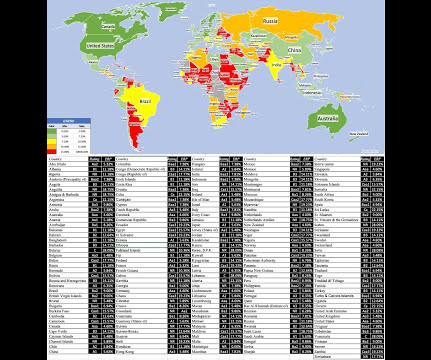


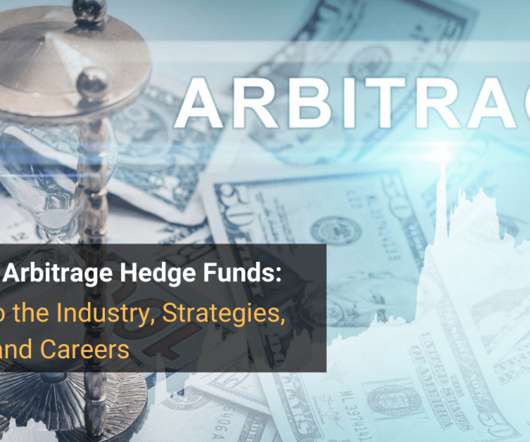




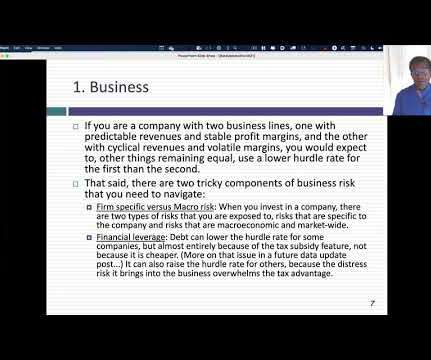
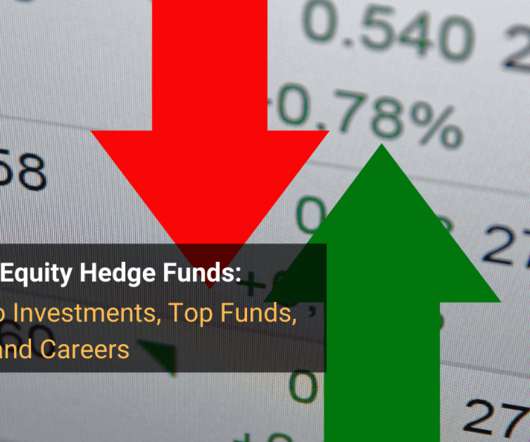
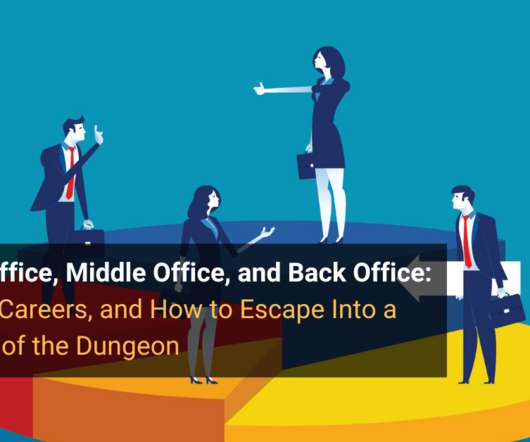









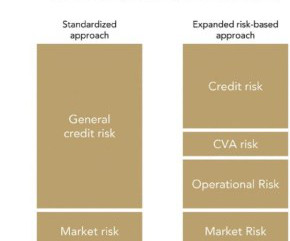






Let's personalize your content